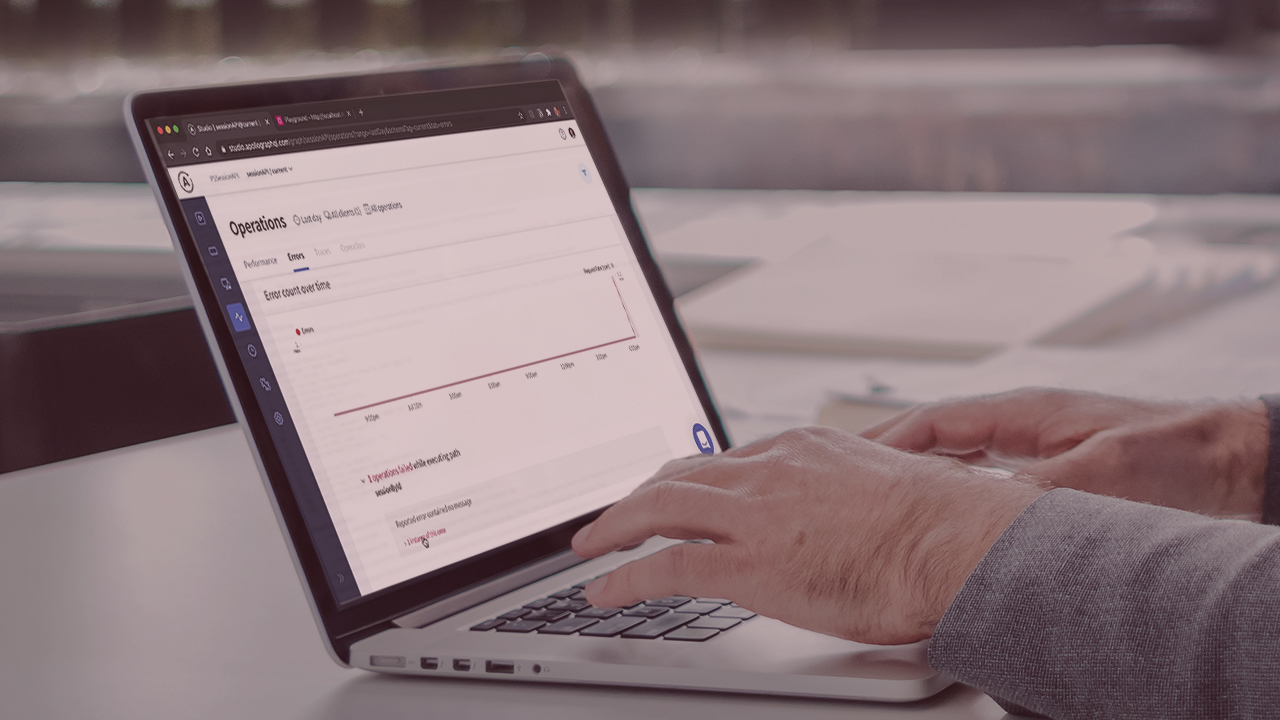- Course
Building a GraphQL API with Apollo Server
GraphQL is a query language for APIs. It allows APIs to serve many resources over one request and gives control over the information coming back from the server. This course gives you the skills to implement GraphQL APIs with Node.js and Apollo.

- Course
Building a GraphQL API with Apollo Server
GraphQL is a query language for APIs. It allows APIs to serve many resources over one request and gives control over the information coming back from the server. This course gives you the skills to implement GraphQL APIs with Node.js and Apollo.
Get started today
Access this course and other top-rated tech content with one of our business plans.
Try this course for free
Access this course and other top-rated tech content with one of our individual plans.
This course is included in the libraries shown below:
- Core Tech
What you'll learn
At times, REST APIs can result in multiple calls to the server and excessive data being returned to the client. In this course, Building a GraphQL API with Apollo Server, you'll learn to build APIs that return multiple resources over one call, and give the client control over what data is returned. First, you'll explore what GraphQL is and how to define your resources with a schema. Next, you'll discover how to resolve queries and nest objects. Finally, you'll learn how to modify your data with object mutations. When you're finished with this course, you'll have the skills and knowledge needed to build flexible and scalable GraphQL APIs in Apollo.

